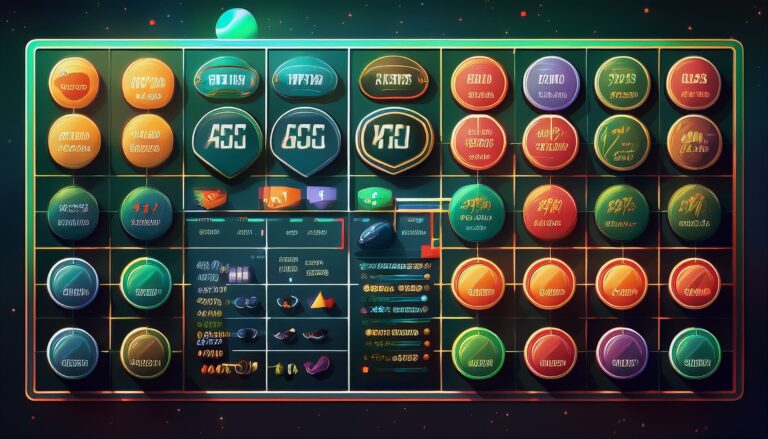The Importance of Communication in Cricket: 99exch, Reddy Anna Book, Allpanel
99exch, Reddy Anna Book, All Panel.com, Allpanel: Non-verbal communication plays a significant role on the field, often conveying messages that words alone cannot express. From subtle gestures to facial expressions, non-verbal cues provide valuable insight into a player’s thoughts, emotions, and intentions during a game. For instance, a quick nod between teammates can signal a planned play, while a hand gesture may indicate a change in strategy without the need for verbal communication.
Furthermore, body language can also convey confidence, assertiveness, and teamwork to opponents and teammates alike. A confident posture, direct eye contact, and open gestures can instill trust and respect in one’s abilities, fostering a positive team dynamic on the field. In contrast, slumped shoulders, averted gaze, or defensive posturing may signal uncertainty or lack of commitment, potentially leading to miscommunications or breakdowns in team coordination.
Building Trust and Camaraderie through Effective Communication
Effective communication is essential for fostering trust and camaraderie among team members on the field. When players are able to communicate clearly and openly with one another, it helps to build strong bonds and a sense of unity within the team. This trust allows players to rely on each other, work together effectively, and support one another in both victories and defeats.
Moreover, effective communication helps to create a positive team culture that values collaboration and mutual respect. When team members feel heard and understood, they are more likely to feel connected to one another and motivated to work towards shared goals. By promoting open lines of communication, teams can strengthen their relationships and create a supportive environment where everyone feels valued and supported.
Strategies for Clear and Concise Communication during Matches
In high-stakes games, effective communication is pivotal for success. Players must master the art of concise and clear communication to ensure seamless coordination on the field. A direct and assertive tone can help convey instructions clearly and decisively, minimizing the risk of confusion among teammates.
Moreover, using simple and well-established signals can streamline communication during fast-paced matches. Implementing a set of easily recognizable gestures or calls can enhance the efficiency of conveying messages without the need for lengthy explanations. This approach not only saves time but also reduces the likelihood of misinterpretation, fostering a more cohesive team dynamic.







